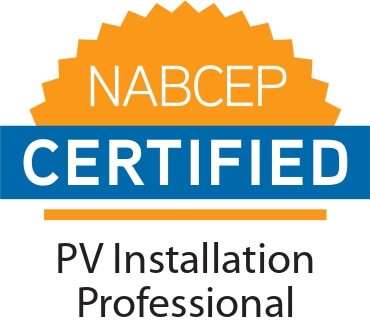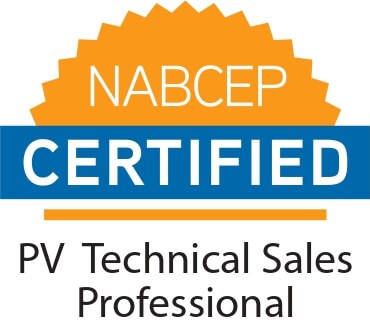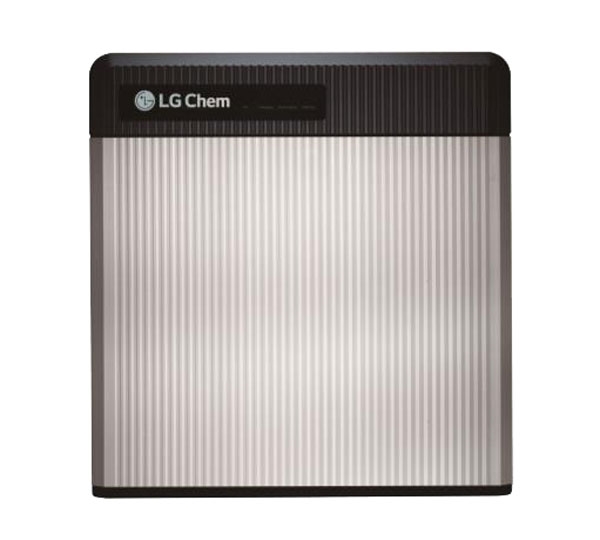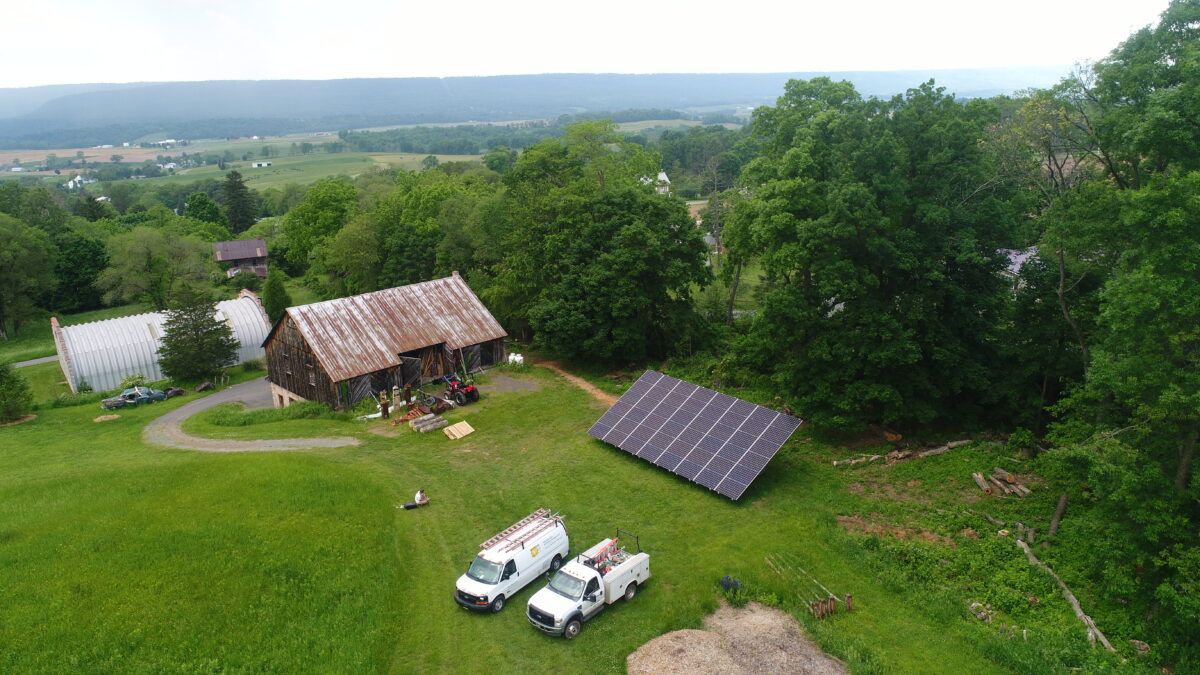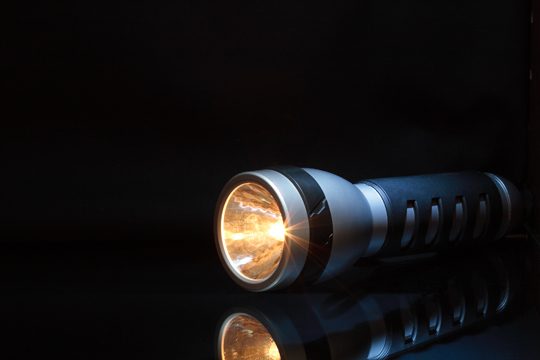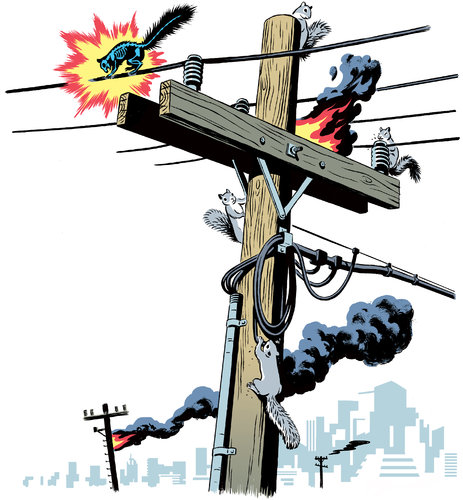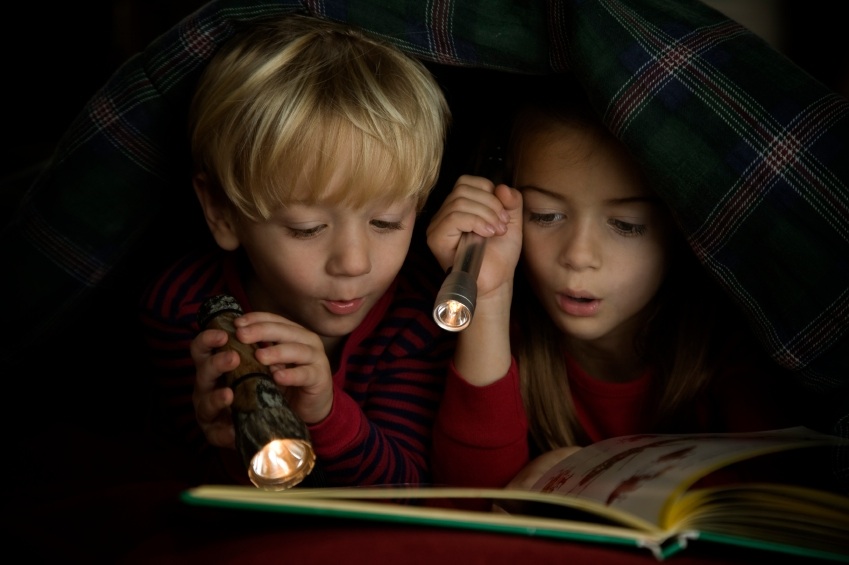From residential to utility scale, storage is one of the biggest issues in the solar world. Technologies are evolving, and there will be many changes over the coming months and years
In our area, the recent big news seems to be the SolarEdge System – StorEdge Inverter coupled with the LG lithium-Ion battery. At least three solar companies in West Virginia are attempting to sell this system to solar consumers and, after multiple conversations with prospective buyers, I’m very sure many of the customers really don’t understand all the issues involved. I also suspect that in some cases, the installers also don’t understand what they’re attempting to sell. (For example, I asked an LG support tech about how the lithium-ion batteries would respond to being primarily storage for backup power instead of regularly cycled. His answer was “Guess I need to research that.” Good idea.)
Recently, a potential customer from a co-op, who’s considering a StorEdge/LG battery system, asked me for a competitive quote. When I told him we were not installing that system at this time for several reasons, he told me, “You guys need to come out of the Dark Ages, see the light; this is the technology of the future.”
Hmmmm. Really?
Interesting, particularly when you consider the fact we guys have installed more battery backup storage systems than anyone else in West Virginia.
But this did get me to take the time to really investigate the issues. Over several days I consulted with technical folks at SolarEdge, LG Batteries, and a customer support engineer at a leading solar distributor, who specializes in battery systems.
What follows are the facts as I understand them. I try to stay with the facts as best I can. There will also be some opinions, but those will be obvious.
The System
The system we’re talking about is the StorEdge system from SolarEdge. Currently, the only battery- capable SolarEdge inverter model is their 7600-watt model. This is basically the popular SolarEdge 7600 inverter with additional firmware, electronics and a transfer switch to allow it to interact with the battery system and a critical loads panel when the grid goes down.
The original release was designed to let StorEdge work with both the Tesla Powerwall and/or the LG 10 kWh battery system. The DC version of the Tesla PowerWall 2 system crashed and burned (not literally, as far as I know), leaving the LG battery system. This will currently work with only one LG battery; capability to tandem 2 batteries is supposed to be released soon. (That will be seriously expensive, however.)
The StorEdge system is designed to primarily work in one of two modes: The self-consumption mode, when the batteries engage on a regular basis to offset the need to buy from the utility. The system will also switch to backup mode when the grid is lost and a critical loads panel will be energized.
According to SolarEdge, the two typical applications for this consumption capability are:
- Areas that don’t allow net metering (such as Hawaii and certain US co-ops). Solar power produced in excess to current loads is stored in batteries to be used later – at night, for example.
- Areas with varied Time of Use rates. In this case, the system can be configured to supplement from the solar array’s production with battery input during certain time slots to avoid having to buy from the utility at the highest rate.
It’s very important to note that those two scenarios do not apply to our area, as long as we have one-for-one net metering. With net metering, this self-consumption capability is not a good choice for anyone. There are much better alternatives, like letting the grid store your excess PV production.
The other configuration is a straight backup configuration. In this case the batteries will engage only when the grid is lost. Then, an electronic transfer switch is engaged and the batteries energize the critical loads panel.
If you buy the StorEdge/LG system to use strictly as a backup power option, you’re not getting a good deal. In fact, I consider this system to be mediocre for a strictly backup only application based on:
- Very high battery cost (compared to AGM storage)
- Very limited stored capacity ( currently only 9.5 kWh useable)
- Very limited surge capability. If you have a deep well, submerged well pump (3/4 HP or more), pay attention that that factor. Well pumps don’t react well to “brown power”.
- Limited scalability (You’re restricted to the minimum and maximum solar array values that the 7600 inverter supports.) For larger arrays, you need a second inverter, which will not be part of the battery-based capability, by the way.
- No integrated generator connection (for long grid outages)
The Data
This chart compares a StorEdge system with the LG battery to a Schneider XW5548 system with a 490 AH AGM battery bank. The XW5548 is their smallest model; we often install the XW6848 model, which is much more robust. The data points are taken directly from the companies’ published datasheets.
| SolarEdge StorEdge 7600 with LG 10 kWh Battery | Schneider XW 5548 with 490 AH AGM Battery Bank | |
| Max Continuous Output on Batteries | 5000W | 5500W |
| Surge Capacity – 30 sec | Not Available | 9500W |
| Surge Capacity – 10 sec | 7600W | 9500W |
| Switchover Time | 2 sec | 8 ms |
| Integrated Generator Connection | Not Available | Yes |
| Useable kWh stored | 9.5 kWh (95 % DoD) | 17.6 kWh (75% DoD) |
| Cost (estimated retail), batteries only | $6,100 | $4,000 |
Notes:
- DoD = Depth of Discharge
- The XW5548 is capable of surging to 7000 watts for up to 30 minutes at 25º C ambient temperature.
The cost information above is just for the batteries. If you were going with the 7600 StorEdge instead of a plain 7600, you’d also have to pay:
- $1000 more for the StorEdge 7600 (versus a basic 7600 SolarEdge).
- The cost of a step-down transformer to bring the LG battery’s high voltage down to a useable level.
- For purchasing and installing miscellaneous electronics and hardware.
If you were simply adding an AC-coupled battery bank to a plain Solar Edge 7600, your additional costs would be for only:
- An AC-coupled capable inverter/charger.
- Battery enclosures. (The enclosures we install are metal.)
- Miscellaneous electrical and hardware items and their installation.
Either way, you get much more bang for your buck buying a basic 7600 system and adding an AC-coupled battery bank. The AGM technology is rock-solar and predictable. The lithium-ion, not so much. (There’s a reason why the DC version of the Tesla Powerwall 2 was pulled from the market.)
During the tech boom in the years 2000-2002 I saw a lot of this. It’s the difference between leading edge and bleeding edge, the difference between deploying solid technologies and chasing evolving technologies. Over my more than 30 years in the tech business, and especially during almost 10 years at Cisco Systems, we did a lot of leading edge, early field trial stuff, but always in a very controlled environment. As a the owner of a small solar installation company I’m very sure our customers don’t want to put a lifetime of savings at risk just to have the newest widget, and I have no interest in asking them to. I will not be recommending any new technology before it’s been proven in the field over a considerable period of time.
Guess we’ll stay in the Dark Ages a while longer 🙂
As for why some solar companies are pushing this particular system, I don’t know. You’ll have to ask them.

